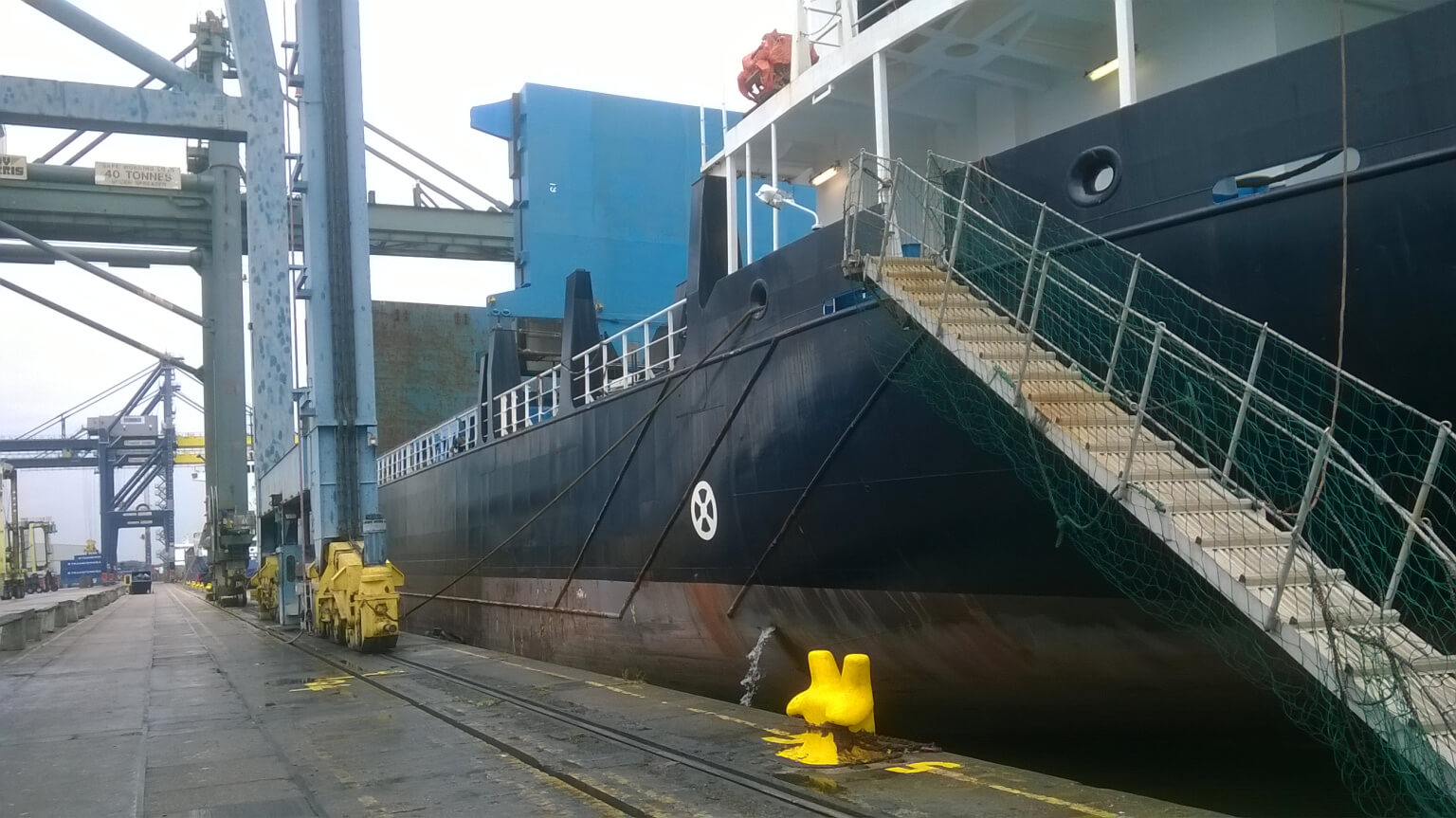Resources
A collection of free resources to help you raise funds and share the work we do

The life of a seafarer is by no means easy, with those in the profession often spending months at a time away from their loved ones back home. The average time for a rating is nine months normally.
Once their ship has docked at a port, many will often attempt to take some shore leave for a limited number of hours to provide them with a short respite from work duties and a change in scenery. However, it is becoming increasingly difficult for seafarers to get ashore on account of a myriad of issues.
It has long been the case, that one of the fundamental issues is whether or not there is time available for seafarers to take shore leave in the first place.
A ship docked at harbour is not making any money. This is why maritime companies will aim to keep the time that their ships are docked at port as short as possible so that the crew are able to set sail as soon as possible.. With vessels now being notified about berth availability prior to their arrival at ports, they often chose to reduce their speed of approach in instances where there is no space available in order to bring down fuel costs.
Focus on increased efficiency is the issue here, with The Mission to Seafarers regional director of East Asia, Stephen Miller, noting that port turnarounds have been reduced over the past two decades from approximately 18-36 hours to just eight in many cases. With maritime vessels now able to accommodate increasing amounts of cargo, this exacerbates the problem of guaranteeing shore leave for seafarers even further.
Another key issue faced by seafarers in the event that they are granted shore leave is transportation and accessibility.
Many ports are located in isolated regions, with extortionate prices charged by local public and private transport providers in most instances in order to travel to the nearest populated regions. This is an issue that The Mission to Seafarers has attempted to address by providing transportation provisions at many of the ports where we have a presence.
However, the drive for increased efficiency ensures that seafarers cannot afford to stray too far from their ships in case loading/unloading tasks are completed sooner than anticipated.
This is of course assuming that they will be permitted into the country in the first place, with strict visa requirements and nationality complications often making it impossible for seafarers to go beyond the gates of the harbour. Many of the Mission’s centres are located within the port confines to help with this accessibility.
The Covid-19 pandemic naturally intensified the problems seafarers face with shore leave. Some companies are denying shore leave altogether, for others it is the Captain’s decision. But with all there is a nervousness of introducing the virus to an otherwise healthy crew.
Officials visiting the ship for the usual port purposes may be limited in access, as indeed our own Port Chaplains have found. Some Chaplains have had to resort to delivering items into a bucket lowered down from the ship on a rope. The Mission, thanks to the proceeds of the Flying Angel Campaign, has been able to ensure all Chaplains vehicles and Seafarers Centres are hygienic and COVID-free as and when seafarers are able to return.
The impact of lack of shore-leave has far reaching consequences. Not setting foot on land, and not accessing the normal social respite and change of scenery, has a dramatic effect on mental health, which the Mission is all too concerned about. We hope our newly produced mental health resources will assist seafarers in coping better until they can return to normal shore leave.
The Mission to Seafarers is one of the organisations pushing for greater recognition of this key issue which is naturally proving to be to the detriment of seafarer’s physical and mental wellbeing. Ultimately this can have health and safety ramifications given the nature of the work involved.
We are therefore pushing for companies in the maritime industry to make greater allowances to ensure that there is time available to grant shore leave for seafarers whilst docked at port.
There is also much more which can be done at ports around the world in terms of providing transport or nearby facilities to which seafarers are permitted to frequent.